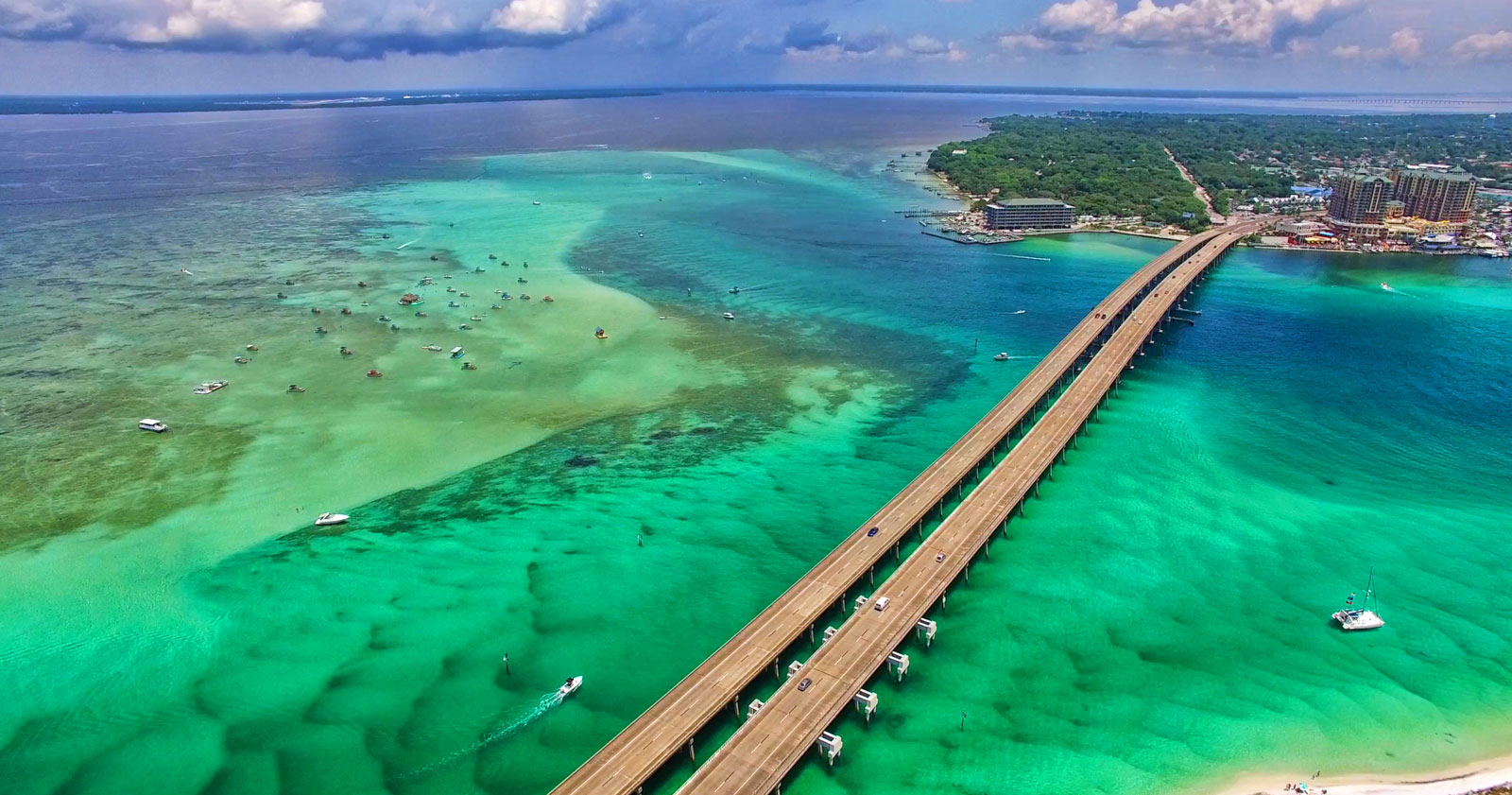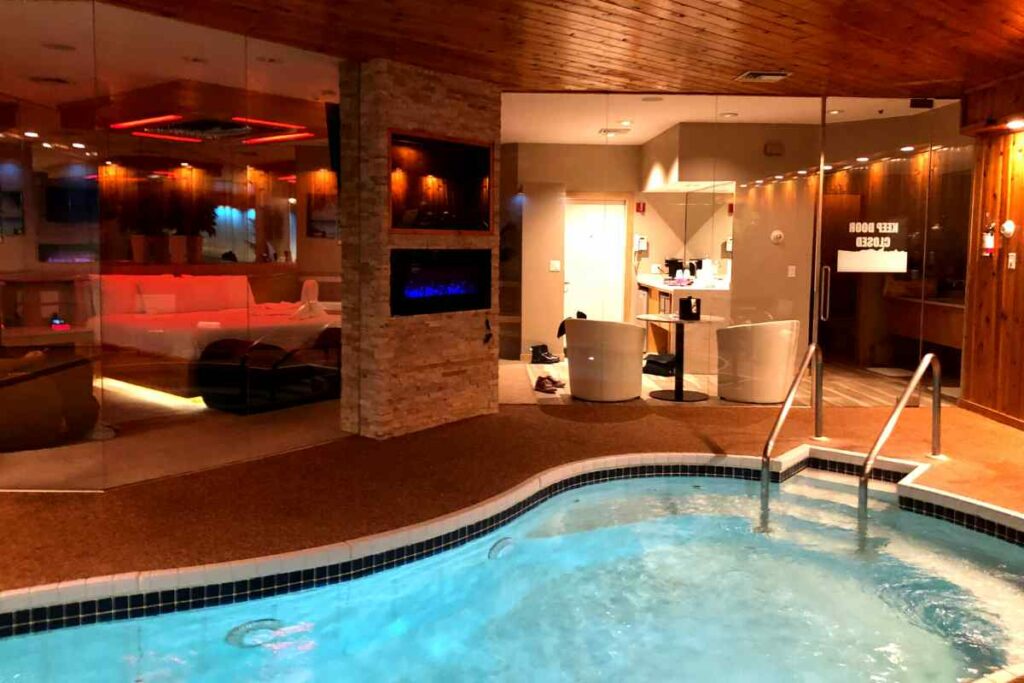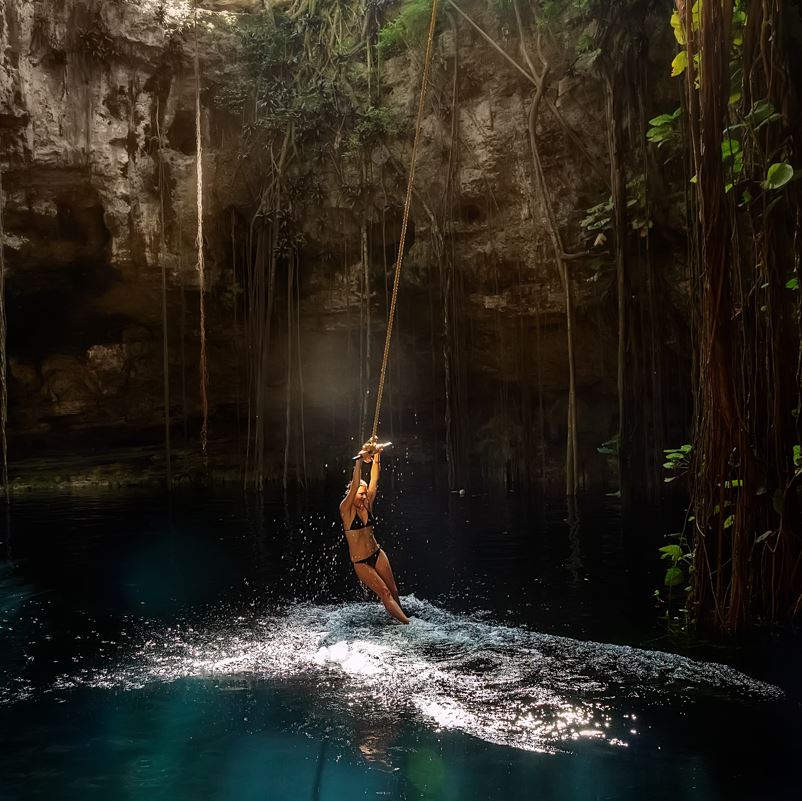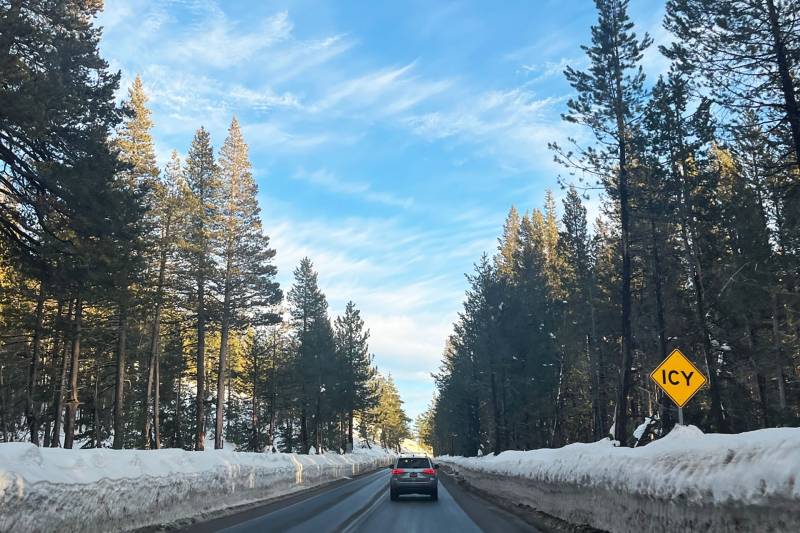
Diving the ocean is like being a traveler on a new planet, so it’s no surprise that filmmaker James Cameron, an avid scuba diver and National Geographic Society Explorer at Large, used it as the backdrop for his new sci-fi adventure, Avatar: The Way of Water.
“[I’ve] had this romance with the ocean my entire life,” he told National Geographic, adding that the movie’s setting is “a celebration of our reefs.”
Cameron worked closely with the film’s art department, researching Polynesian cultures as the inspiration for the seafaring clan featured in the movie. One real-life water world in Polynesia travelers can dive into is Rarotonga, the largest of the 15 islands that make up the Cook Islands in the South Pacific.
Like the characters in the sequel, Cook Islanders have always been a voyaging people, undertaking ambitious open ocean journeys centuries ahead of other cultures. “The Vikings should have been called the Polynesians of the north; our ancestors were just that good,” one proud Cook Islander told us.
In the fifth century A.D., islanders in 20 massive vaka (voyaging canoes) set forth through a gap in the reef encircling Rarotonga’s east side in search of new lands and new beginnings. Ten boats were never heard from again. One made it to Easter Island, another to the Society Islands, one returned home, and seven arrived in New Zealand, where many believe they set the foundations of Māori culture.
Today, travelers to Rarotonga find a blue-green oasis with some of the world’s clearest sites for diving. Yet, there are challenges, primarily from potential deep-sea mining within Marae Moana Marine Park.
On land, Cook Islanders keep things simple. A 20-mile ring road makes it impossible to get lost (buses simply read “clockwise” or “anticlockwise”). Stellar hikes and eye-opening cultural sites round out the myriad experiences on this lively island. Here’s what to know.
Dive in
The diving in Rarotonga is spectacular, with underwater landscapes straight out of a Grimms’ fairy tale: enchanted forests of giant, mushroom-shaped hard coral formations, both eerie and mesmerizing. Most dives are boat dives on the reef fringing the island.
Nga Tipa is one of the fabled forests, a maze of channels winding through porites, a type of stony coral that looks like burgeoning mushrooms. This is an easy dive around 50 feet (15 meters), with plenty of marine life (lemonpeel and flame angelfish, fire dartfish, and whitetip reef sharks) seeking cover under coral overhangs.
Coral Gardens is similar but with coral bommies lining sandy trenches. These trenches are a favorite with whitetip reef sharks; we also spotted a hefty yellow-edged moray eel.
There are more than 30 dive sites around the island, and each side of the island has its own personality, from good coral coverage to shallow lagoons to steep drop-offs. The reef slopes to around a hundred feet (30 meters) before plunging into the open ocean, and these drop-offs offer opportunities to spot elusive fish species, like Pitcairn and peppermint angelfish.
(Here are 21 of the best dive sites around the world.)
Passages like Tupapa and Avana cut through the reef, sand rivers that are frequented by turtles, sharks, plenty of butterflyfish (threadfin, Meyer’s, and teardrop), and squadrons of eagle rays.
The easy conditions (clear, warm water) make Rarotonga a good location for new divers, while the exceptional visibility and bounty of natural light make this place ideal for underwater photography. Most dive shops offer courses, which are best reserved in advance.
Tap into tradition
Rarotonga is unique among most small islands in that visitors are part of the ebb and flow of daily life, rather than tucked away in a resort.
Cultural experiences are a great way to engage with Rarotonga. Te Vara Nui presents a four-hour historical village tour with a buffet dinner and an over-water choreographed show, which can be viewed from chairs or a horseshoe-shaped platform that encircles the lake.
(In Polynesia, tattoos are more than skin deep.)
Te Ara—The Cook Islands Museum of Cultural Enterprise has fascinating exhibits on Cook Island history, navigation, settlement, and reef health. It’s also a sustainable cultural business incubator supporting locals who make, develop, and sell products on-site.
The half-day Cross Island Trek is a strenuous 3.7-mile hike that climbs up and over the spine of the island, an elevation gain of 1,300 feet. It follows an ancient trail past wavy trunks of banyan trees, the roots of which make excellent handholds on the slippery clay trail. The pinnacle is the base of the 1,312-foot Needle, an “energy point” for Polynesian people, with near-360-degree views from the top. The hike wraps up at Wigmore’s Waterfall, the perfect spot for a swim.
If your visit includes a weekend, don’t miss the Punanga Nui Cultural Market, the come-together place on Saturday mornings. Located on the waterfront next to Avarua, Rarotonga’s main township and capital, it bustles with souvenir-seeking tourists, grocery-shopping locals, and vendors who are more interested in catching up with one another than pushing sales.
(Polynesian wayfinding is a patriarchal tradition. This woman is changing that.)
At a crossroads
In 2017, the Cook Islands established Marae Moana, a 733,594-square-mile multiple-use marine park. It covers the country’s Exclusive Economic Zone and bans industrial fishing (long-liners and trawlers) within 50 nautical miles of each island. However, more zoning work in the park is needed.
Deep-sea mining within the park is still a contentious subject. Environmentalists want a 10-year moratorium on seabed mining to collect baseline data and to conduct sufficient research to understand any potential environmental impacts. Scientists are concerned that we know too little about the deep ocean and how it supports life both above and below water, and even less about the impacts of mining it.
(Proposed deep-sea mining would kill animals not yet discovered.)
The Cook Islands government, however, is interested in exploratory mining now, believing it could diversify the country’s revenue streams and contribute toward clean energy.
Balancing protection with sustainable development is difficult. In the Cook Islands, which has a total land area of 93 square miles, the surrounding ocean is a precious resource to local people, and its health will play a significant role in the islands’ future.







